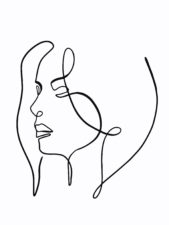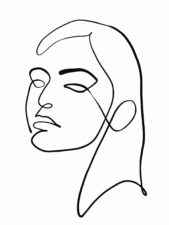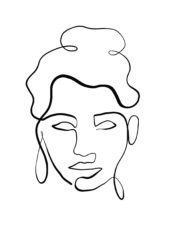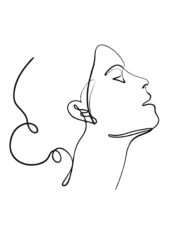The NFT market had a difficult 2022, and this had an impact on the NFT art market. Let’s remember that not all NFTs are art. Several categories of such tokens exist. The NFT classification categorizes these tokens as collectibles, utility, proof of ownership, metaverse, gaming, and art NFTs. The NFT market was mostly comprised of collectibles and utility NFTs, some of the most hyped-up and speculative NFTs. When it was proven that the type of value these NFTs promised was not there in many cases (many questionable celebrity endorsements and scams were used to hype these NFTs), the market took a turn for the worst. And that, of course, affected the NFT art market.
However, the NFT art market would do well to distance itself from such speculative dynamics. After all, art is all about the appeal it has to an audience. One should not be looking at art for the sole purpose of getting a financial return. Otherwise, you risk missing the point and losing money in the long run.
This is a reason why some artists were pleased, in a way, to see the market go on the downward trend that it went during the majority of 2022. The economic downturn drove many of the speculative actors out of the market, which allowed artists to create art for the sake of it. If the NFT market achieved peak valuation in January 2022, by September it lost 97% of its sales volume. NFT collectibles and utility took most of the hit, but the NFT art market was also affected.
We find ourselves in an NFT art market that is more focused on its intrinsic value rather than looking to onboard more and more collectors. This is a good trend, as it allows more innovative aesthetics and art forms to appear.
Growth expectations
An NFT art market that is more focused on delivering value rather than capturing value. That is the current situation of the NFT art market. The NFT market has been touted to hit the $80 billion mark, from a 2022 valuation of around $35 billion. YoY growth is expected to be around 30% for the NFT market as a whole. That confidence is not gratuitous, as sales in January totaled more than $780 million, up from $546.9 million the month before. It is still a lot less than the same month a year before, but it’s cause for optimism.
Consider also that Web3 is still to become more massively adopted, and that more and more people will jump into the NFT space. A forecast that will make more likely the NFT art market to become more valuable. This is because there is intrinsic value in the technology. For example, one thing you can say that NFT art has done for the wider art sector is that people no longer have to have massive wealth to get into the places where art gets sold. And digital artists have the means to protect their intellectual property. It is only natural that if these two types of actors within the space grow in numbers, the valuation of the NFT sector will grow.
One of the key differences between the traditional arts and the NFT art market is that the latter has had a dynamic of hyped and pumped prices, only to experience drops in valuations. A volatility more akin to the cryptocurrency trading sector. Price volatility should wane as more artists get into NFTs, as well as collectors. Another thing that should reduce volatility is having better informed Web3 users that know when an NFT is an artwork and when there should be utility.
Institutional involvement
All sorts of operations related to NFT art have popped up, and they continue to appear. Christie’s and Sotheby’s have dedicated NFT divisions to diminish the potential threat that Web3 might pose to large art galleries. They have already sold NFTs for massive amounts of money, which speaks to the value of the NFT art market.
SOPRG is an NFT art gallery that exemplifies the kind of service emerging that makes you think that the NFT art market is gaining the credibility it deserves. SOPRG was born with the idea of servicing the NFT art market with curation, providing exhibits, and helping artists gain the notoriety they deserve. So it is not only artists and collectors. You also have many actors in the space providing services to those involved.
An art gallery is the typical platform business model: they enable two different audiences or stakeholders to come together. An art gallery brings together collectors and artists, just as social media brings together users and advertisers.
The bottom line
With a projected Year-on-Year growth of around 30% until 2025, the NFT market will still be an interesting proposition as the technological capabilities align with what users, artists, and collectors need. In this regard, one can expect that the NFT art market will have more players involved and, therefore, be more valuable.
One should not expect a bull run as experienced during 2021 and the beginning of 2022. However, more stable growth and appreciation of art for the sake of art is something that no doubt will bring a sense of credibility and confidence to anyone involved in the NFT art market.
Painting by Mrs. Pojarová – you can buy the NFTs via our shop.






